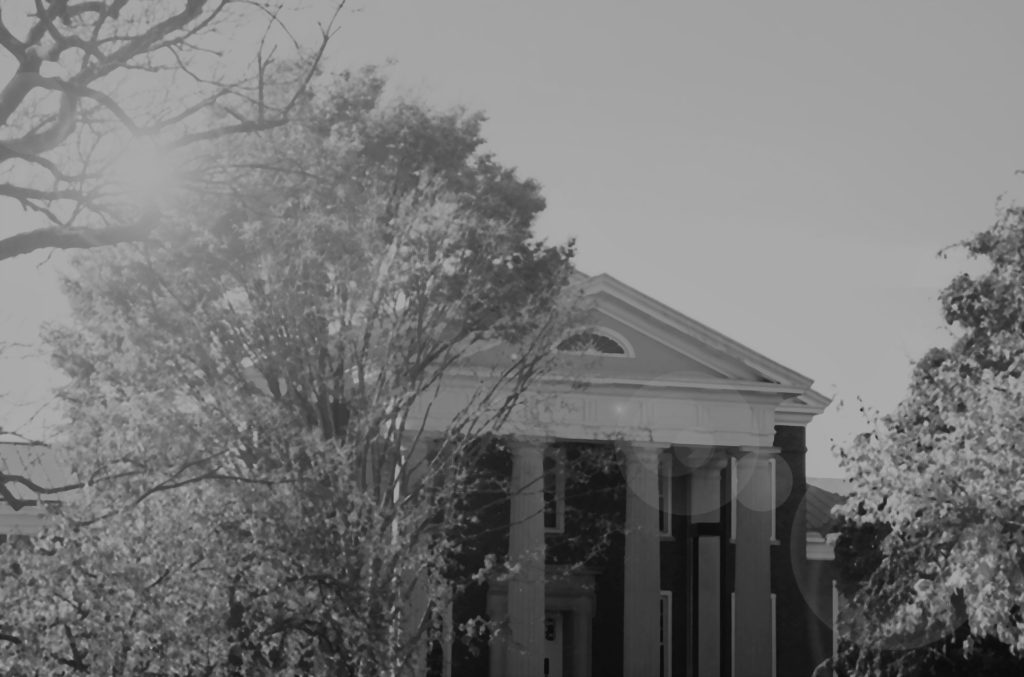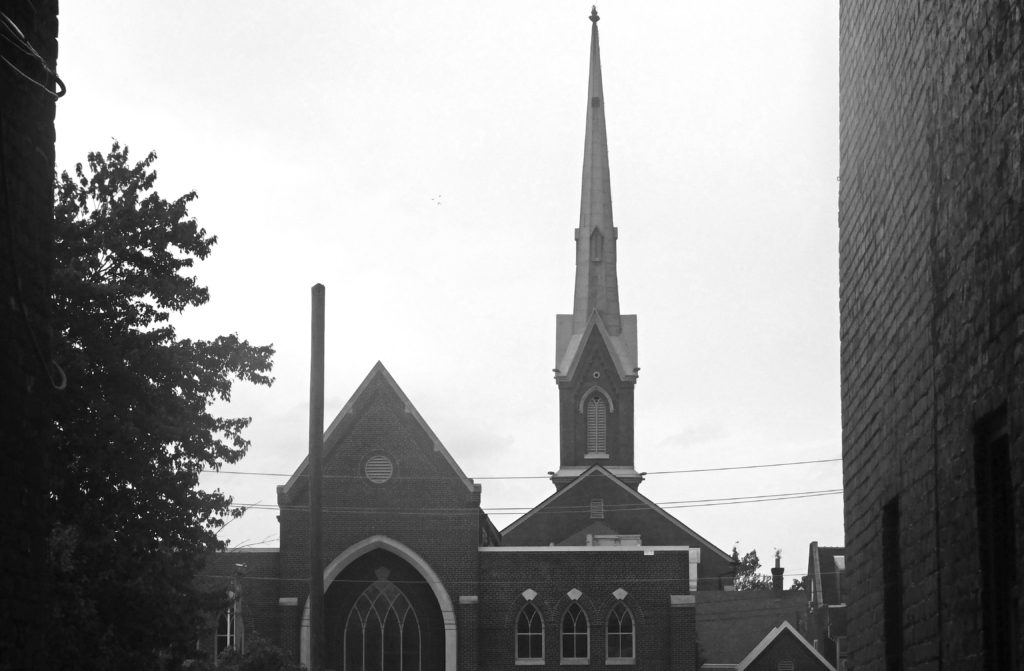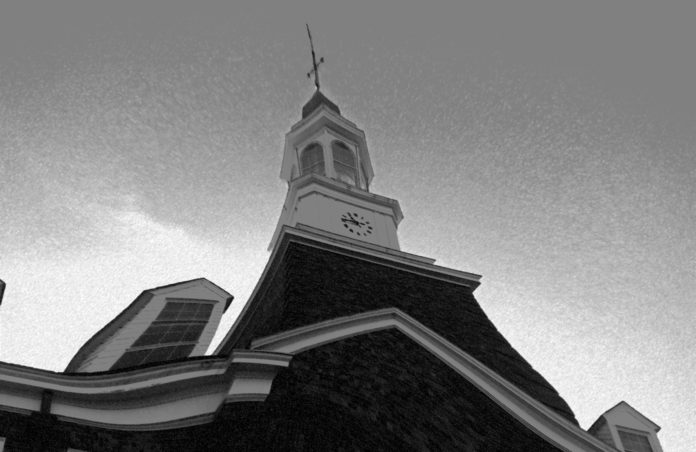The days are getting shorter and the nights are getting colder—the Halloween season has officially fallen on Transy!
While many people seem to associate the name “Transylvania” with scary Romanian castles full of blood-sucking vampires, that is not the name’s origin. Bram Stoker’s Dracula was not even published until Transy had been up and running for almost 117 years. In reality, the name Transylvania was chosen because it is Latin for “across the woods,” which would have described the university well when it was first founded.
Even though the name is not meant to invoke Halloween feelings, it most likely will, due to the ever-present themes of the supernatural in media these days. The good news is, the people at Transy have decided to embrace it.
The annual tradition of “Raf Week”, the autumn days dedicated to celebrating all things spooky, begins on October 24th and will last through Halloween night, culminating in four raffle winners sleeping in the tomb of Constantine Rafinesque in Old Morrison.

Who was Constantine Rafinesque?
That is a question many visitors to campus have, not least because of the dining area and athletic mascot honorably named after him. Rafinesque was a Professor of Botany at Transy in 1819. He was incredibly eccentric, and legends say that when he was a professor, he rarely went home and spent a good portion of his life on campus.
While this might have only been a rumor then, the fact is that Rafinesque never leaves campus these days. His remains, or what may be his remains, are now entombed in the Old Morrison building. This creepy brick room is where four lucky, or unlucky, students get to spend their Halloween night.
Why is he buried at Transy?
The answer to that is even more complex, but in short, Rafinesque put a curse on Transy after being kicked off the teaching staff following a rumor that he had slept with the college president’s wife. The curse began with fires and strange happenings all over campus. In the 1920s, Transy fought to acquire his remains after the cemetery he was buried at was destroyed, thinking this would put a stop to the curse.
While the story of Constantine Rafinesque may be the most famous of Transylvania’s legends, there are certainly others floating around the school and in old newspapers. In fact, our quaint liberal arts college tends to make most lists of the “most haunted places in Lexington.” While Rafinesque’s curse does make up a good portion of the lore, there’s much more to it.

Every college tends to have the legend of the student who had killed themselves decades ago and now spends their ghostly days haunting a specific dorm. Transy is no exception. The ghost in question has no name or any recent sightings to be spoken of, but still deserves a mention. The only uniform specifics of the sightings involve the teen ghost standing at the foot of the bed wearing gym shorts, then mysteriously vanishing.
A less ghostly story related to the strange happenings on campus has to do with a student, a murder, and the inability to find her killer. Back in the 1960s, a Transy student named Betty Gail Brown was mysteriously killed in her car in front of Old Morrison. Her bra was used as a strangling device, but medical reports proved she was not molested in any way. And nothing of note in her car was stolen.
There is much speculation on the specifics surrounding her case. Notably, no killer was ever convicted. There were many suspects in the case. A local drunk even confessed to the murder, but had an alibi that proved he hadn’t. Many even believe that her mother killed her.
The fear of not knowing who killed her led to citywide fear in young students. The unknown killer became much like a boogeyman in the eyes of Transy students and others alike. Who knows—maybe it was Rafinesque’s curse taking its next victim.






